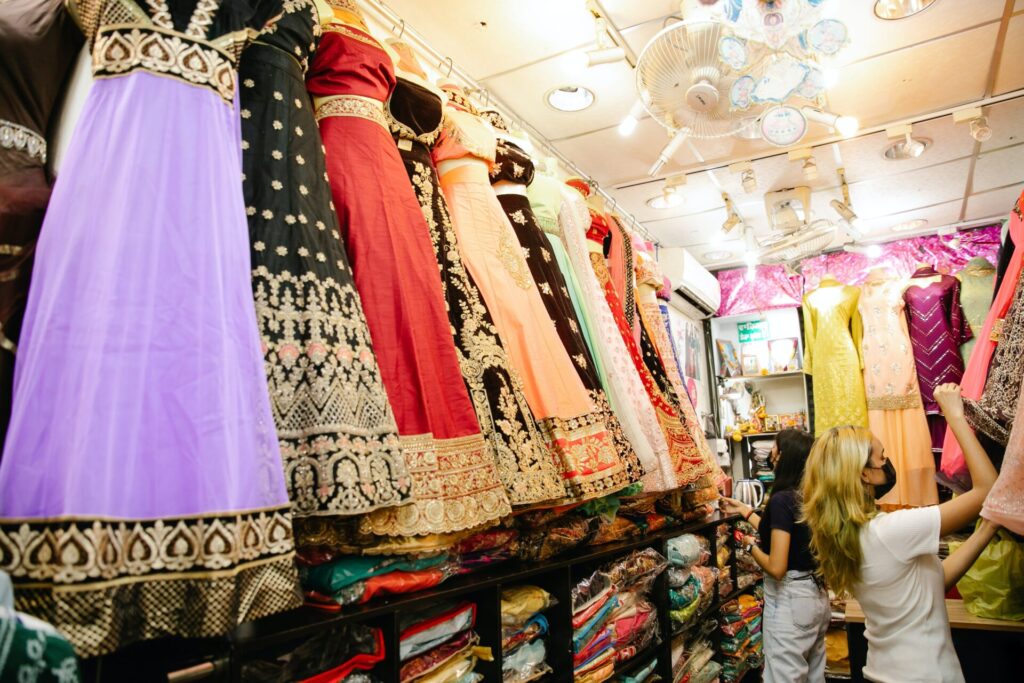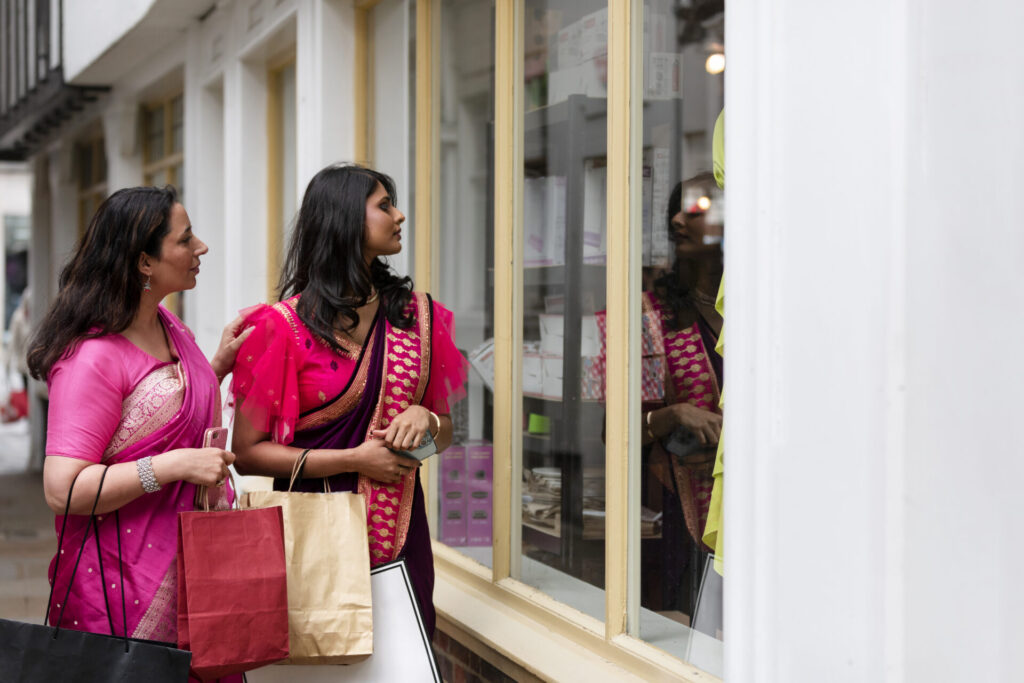With the festive season come those big red banners screaming SALE, at every corner. Snagging a deal is always thrilling, but it’s crucial to consider the lasting impact of our shopping decisions. It’s easy to get carried away with the frenzy of Diwali sales. But the new, unnecessary items we buy contribute to the growing mountains of waste in our cities.
Shopify’s 2022 Outlook report has projected a 28% YoY (year-on-year) surge in fashion sales. The first week festive sales often comprises dazzling digital and fashion events, with online fans contributing up to $5.9 billion to these sales.
We bring to you five practices that can help you enjoy the festivities while reducing your environmental footprint, particularly during the Diwali sales in India.
Uninstall and unsubscribe from promotional emails
The first step towards mindful diwali shopping is silencing those persuasive voices.The constant barrage of sale notifications, in your email and WhatsApp, replete with countdown timers and discount deadlines, can trigger impulsive purchases. Unsubscribe from email marketing and promotional notifications to regain control over your inbox–and wallet.
 Photo by Unsplash
Photo by Unsplash
Shop your wardrobe instead of Diwali sale
Before purchasing new clothes, take time to audit your existing wardrobe. According to a report by the Circular Apparel Innovation Factory (CAIF), India generates approximately 2 million tons of textile waste annually. Assessing what you already have, before you head out to buy new, can help lower your contribution to this alarming figure. Identify items that no longer serve you and consider donating, recycling, or repurposing them. Creating a sustainable wardrobe is about maximizing the use of what you already own, be it from homegrown brands or international ones–even fast fashion!

‘The most sustainable garment is one you already own,’ says Mankiran Dhillon, head of strategy and content at Fashion Revolution India. ‘It’s about loving, mending, and keeping your garments safe through different washing cycles. Let your own personal style be a trend, so it reflects your true personality.’ Fashion Revolution’s global campaign, Haulternative, offers consumers alternative choices to shopping hauls. For example, ‘Love story’ encourages us to celebrate our own clothes and garments as our second skin. ‘Write a love letter to a garment that you have worn and adored for many years and share your stories using #lovedclotheslast,’ elaborates Mankiran.
Go to the market with an agenda
How often does a trip to the mall end up a shopping spree? These unplanned and unnecessary purchases clutter our homes and contribute to waste. A 2023 National Sample Survey Office (NSSO) report, Consumer Expenditure in India, reveals that an average urban Indian household spends a significant portion of its budget on clothing and footwear. A great way to combat this overconsumption is to always have an agenda on hand, and a list of items you genuinely need. Stick to this list to avoid getting swayed by attractive discounts and flashy offers. If something was not on your wishlist before the prices dropped, reconsider the purchase.

Explore secondhand
Secondhand shopping is a win-win solution for your wallet, the environment and your style. You can find high-quality items at thrift stores or through online platforms that sell pre-owned goods. This practice not only reduces waste but also promotes a circular economy. According to ThredUp’s 2021 Resale Report, the secondhand market is expected to reach $77 billion by 2025. This rise in the resale market presents more buying options and consumers now have access to a whole host of clothing, including occasion wear, allowing you to contribute to a more sustainable and responsible consumer culture.

Renting is also a great way to get your hands on secondhand occasion wear. Platforms like Rent the Runway allow consumers to rent high-end clothing for special occasions, reducing the demand for new purchases.
Consider borrowing and swapping with your friends
Hosting a clothing swap party with friends or borrowing outfits for special occasions can be a fun and sustainable way to refresh your look without purchasing new items. Sharing clothes fosters a sense of community and reduces the need for production. ‘One amazing sustainable wardrobe practice is to reach out to loved ones,’ says Mankiran. ‘Dig into their wardrobes and make this festive season about traditions and clothes that showcase love and uniqueness.’
Choose local crafts
Instead of splurging on multiple low-quality items from fast fashion brands, indulge yourself with one exquisite handmade artisanal piece. Every purchase supports someone, so choose brands that align with your values. ‘Add glamor by reaching out to local craftsmen, supporting them, and fulfilling your desire for something trendy and festive during the festive season,’ says Mankiran. While not every purchase needs to be an altruistic act, being mindful of where your money goes can make a positive impact. Consider the profits that keep businesses afloat and support indigenous brands and local craftspeople.

How have you been able to resist the temptation of the Diwali sale season? Tell us in the comments.






